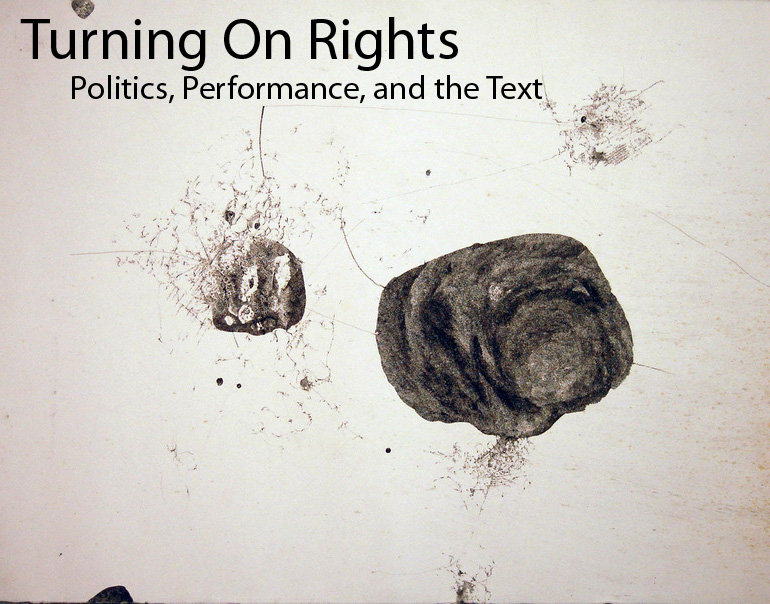CULTIVATED TRAGEDY: ART, AESTHETICS, AND TERRORISM IN DON DELILLO’S FALLING MAN
DOI:
https://doi.org/10.25071/1718-4657.36704Abstract
“We are not free and the sky can still fall on our heads. Above all, theatre is meant to teach us this.”( The Theatre and Its Double, 60)On September 11th 2001, the sky did just that and the photogenic skyline of New York City came tumbling down. In a controversial New York Times article, Karl-Heinz Stockhausen termed these events “the greatest work of art in the whole cosmos” and although this outraged the nation at the time and was quickly suppressed, it does not make the theoretical approach any less valid. Don DeLillo’sworks and his ongoing exploration of authorship and terrorism are an encapsulation of Frank Lentricchia and Jody McAuliffe’s observation that “the impulse to create transgressive art and the impulse to commit violence lie perilously close to each other.” Exponents of the 'Gesamtkunstwerk' or 'total art work' advocated an attack on all senses and emotions. Wagner and Runge, amongst others, believed that if one unified the visual, aural and textual arts into one completely integrated whole, the effect on the audience would be of such power that great personal, and consequently social, change or revolution could be effected (Grey 1995). Artaud developed these principles further in his 'Theatre of Cruelty' by moving from representations of an experience to providing the audience with the actuale xperience. Watching his play Plague, Anaïs Nin found that instead of “an objective conference on the theater [sic] and the plague” the audience members were forced to undergo the experience of “theplague itself” (192). Vomiting was actually induced in various spectators. Artaud the playwright acts as Artaud the aesthetic terrorist, assaulting the senses, the body and the consciousness of his audience. DeLillo states in Mao II that the writer should “make raids on human consciousness” in order to “alter the inner life of the culture” (41). This transgressive, frequently invasive, theory of art is focused towards creating social and psychological transformation and bears a striking similarity to acts of terrorism, which are allegedly employed to engender social change.Published
2010-04-17
How to Cite
Bartlett, J. (2010). CULTIVATED TRAGEDY: ART, AESTHETICS, AND TERRORISM IN DON DELILLO’S FALLING MAN. ETopia. https://doi.org/10.25071/1718-4657.36704
Issue
Section
Articles

